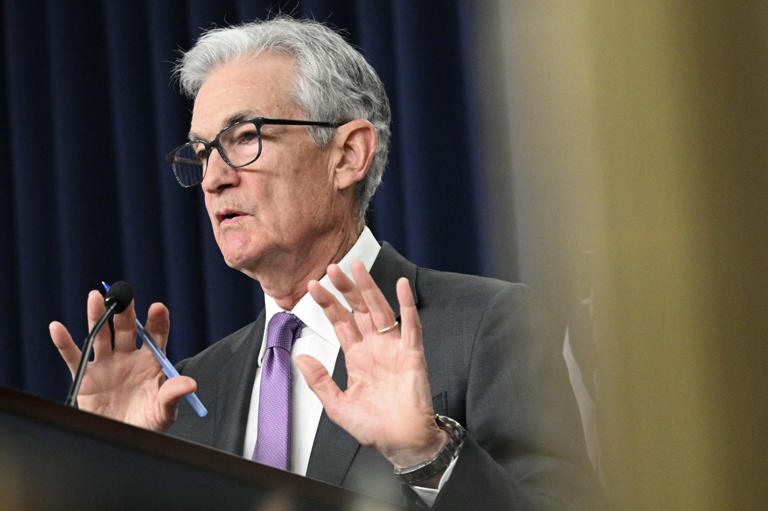The recent shift in forecasts for U.S. home prices, as reported by Freddie Mac, reflects a notable departure from earlier expectations. One of the primary drivers of this adjustment is the trajectory of mortgage rates. Over the past month, mortgage rates have experienced a significant uptick, largely driven by the increase in U.S. bond yields. This rise in borrowing costs has directly impacted the affordability of homes, making it more challenging for prospective buyers to enter the market or upgrade to higher-priced properties.
Compounding the impact of higher mortgage rates is the ongoing issue of limited inventory within the housing market. Despite robust demand, particularly from Millennial first-time buyers, the supply of available homes for sale remains constrained. This imbalance between supply and demand has fueled intense competition among buyers, exerting upward pressure on home prices. However, the lack of inventory options has also led to frustration and challenges for potential buyers, further tempering overall market activity.
Beyond mortgage rates and inventory dynamics, broader economic factors are also influencing the housing market outlook. Economic uncertainty, stemming from geopolitical tensions and fluctuations in global financial markets, has contributed to cautious consumer sentiment. This uncertainty may prompt some potential buyers to adopt a wait-and-see approach, delaying their homebuying decisions until there is greater clarity regarding economic conditions and future prospects.
Demographic trends, particularly the behavior of Millennials, continue to shape the landscape of the housing market. While Millennials represent a significant cohort of potential homebuyers, their path to homeownership has been influenced by factors such as student loan debt, delayed marriage, and lifestyle preferences. Despite their aspirations for homeownership, many Millennials face challenges in affording homes that meet their needs within their desired locations.
Moreover, the housing market is not uniform across all regions, with variations in performance and outlook observed at the local level. Factors such as job growth, population trends, and housing affordability levels can contribute to these regional differences. While some areas may experience strong demand and price appreciation, others may face challenges such as oversupply or economic stagnation, which can impact market dynamics.
In summary, the revised outlook for U.S. home prices reflects a complex interplay of factors, including mortgage rates, inventory levels, economic conditions, demographic trends, and regional dynamics. While solid demand from first-time buyers continues to support the market, challenges such as affordability constraints and supply shortages are moderating the pace of price growth. As stakeholders navigate these challenges, close attention will be paid to developments in mortgage rates, economic indicators, and policy decisions to gauge the trajectory of the housing market in the coming years.
